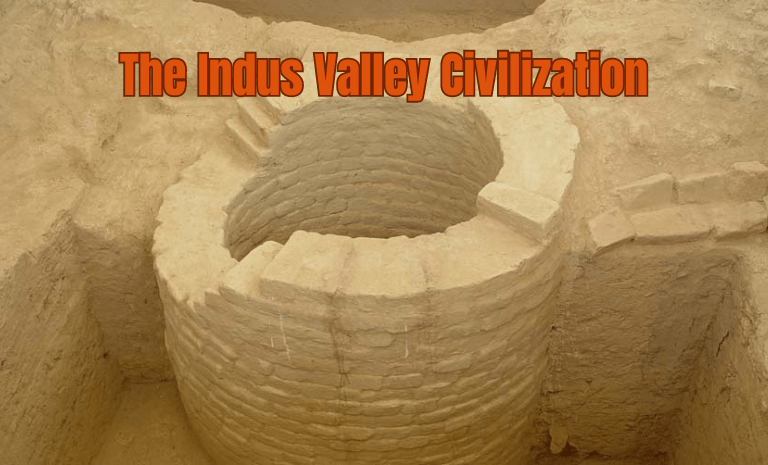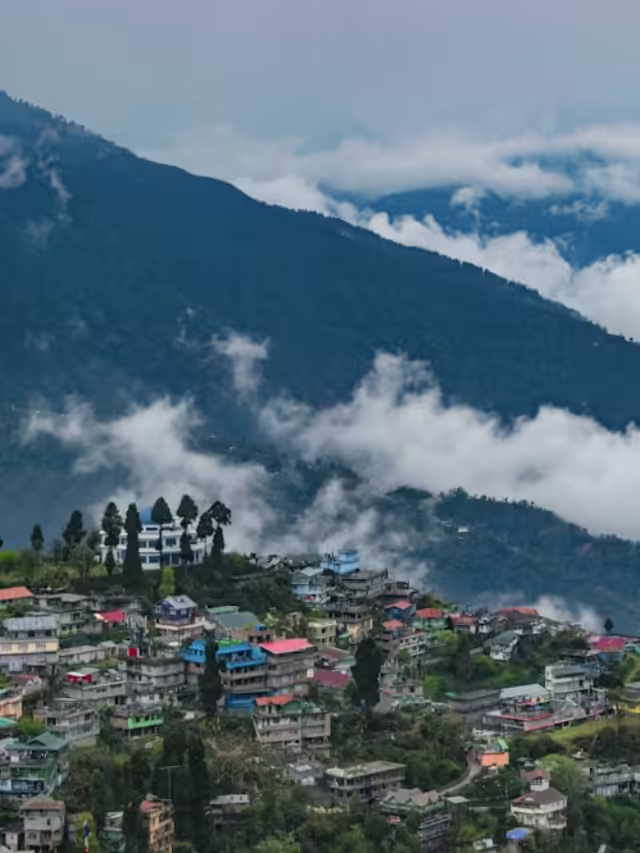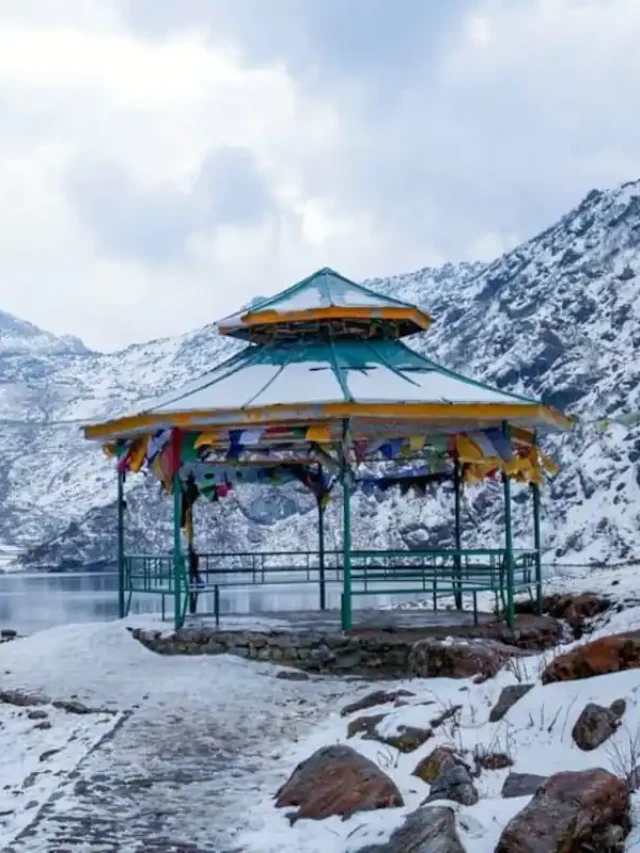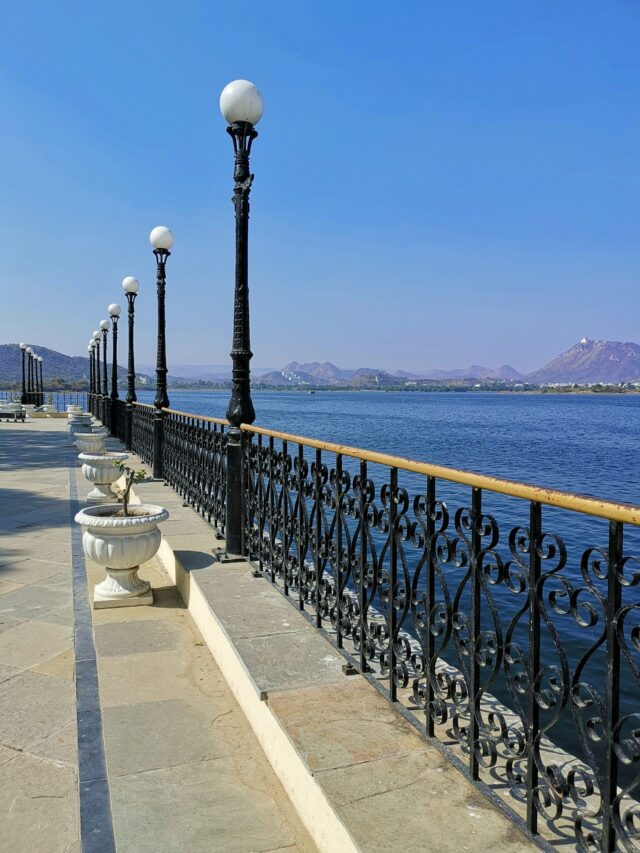The Indus Valley Civilization: The Indus Valley Civilization, also known as the Harappan Civilization, was one of the most sophisticated and advanced ancient civilizations that flourished in the northwestern region of the Indian subcontinent from around 2600 BCE to 1900 BCE. The civilization is named after the Indus River, which flows through the heart of the region. The civilization is famous for its well-planned cities, advanced water management systems, and unique writing system. In this article, we will take a closer look at the ancient cities of the Indus Valley Civilization.

The Indus Valley Civilization:
The Indus Valley Civilization was one of the four major ancient civilizations of the world, alongside the civilizations of Egypt, Mesopotamia, and China. The civilization was spread over a vast region that covered parts of present-day India, Pakistan, and Afghanistan. The civilization was divided into two major phases – the Early Harappan Phase (3300 BCE to 2600 BCE) and the Mature Harappan Phase (2600 BCE to 1900 BCE).
The ancient cities of the Indus Valley Civilization were well-planned and well-organized, with a grid-like street layout and well-designed buildings. The cities were also equipped with advanced water management systems, including sophisticated drainage systems and public wells. The cities were surrounded by walls and gates, suggesting a high level of security and protection.
The cities of the Indus Valley Civilization were also famous for their unique writing system, which is still undeciphered to this day. The writing system, which was used to record various administrative and commercial transactions, was composed of a series of symbols and signs.
Let us now take a closer look at some of the most important cities of the Indus Valley Civilization.
Read this also
10 Ancient Cities of Indus Valley Civilization
The Indus Valley Civilization, also known as the Harappan Civilization, was one of the most advanced and prosperous civilizations of ancient times. It flourished in the Indus River valley of present-day Pakistan and India, from about 2600 BCE to 1900 BCE. The civilization was named after the Indus River, which flows through the heart of the region. The cities of the Indus Valley Civilization were remarkable for their well-planned layouts, advanced technologies, and impressive public works. In this article, we will take a closer look at ten of the most important ancient cities of the Indus Valley Civilization.
Mohenjo-daro:
Mohenjo-daro is one of the most famous and well-preserved ancient cities of the Indus Valley Civilization. It was discovered in 1922 by archaeologists from the British Raj. The city was founded around 2500 BCE and was one of the largest cities of its time. Mohenjo-daro was known for its advanced urban planning, with wide streets and a sophisticated drainage system. The city also had a great bath, which was used for religious and ceremonial purposes.
Harappa:
Harappa is another major ancient city of the Indus Valley Civilization. It was discovered in 1921 and was one of the first cities to be excavated. Harappa was one of the most important centers of the Indus Valley Civilization, with a population of up to 50,000 people. The city was known for its impressive brick buildings and its advanced water management systems.
Dholavira:
Dholavira is one of the most recently discovered cities of the Indus Valley Civilization, with excavations beginning in the 1990s. The city was founded around 2500 BCE and was one of the largest cities of the civilization. Dholavira was known for its advanced water management systems, which included sophisticated reservoirs and dams.
Rakhigarhi:
Rakhigarhi is one of the largest and most important ancient cities of the Indus Valley Civilization. It is located in present-day Haryana, India, and was discovered in 1995. Rakhigarhi was a major center of trade and commerce, and was known for its impressive fortifications and public buildings.
Ganeriwala:
Ganeriwala is a lesser-known ancient city of the Indus Valley Civilization, but it was an important center of trade and commerce. The city was located on the banks of the Ghaggar-Hakra River and was known for its impressive public buildings, including a granary and a marketplace.
Lothal:
Lothal is one of the most important ancient cities of the Indus Valley Civilization, and was a major center of trade and commerce. The city was founded around 2400 BCE and was located on the banks of the Sabarmati River. Lothal was known for its advanced dockyards and maritime trade.
Kalibangan:
Kalibangan is a well-preserved ancient city of the Indus Valley Civilization, located in present-day Rajasthan, India. The city was founded around 2500 BCE and was known for its impressive fortifications and public buildings, including a granary and a drainage system.
Surkotada:
Surkotada is a lesser-known ancient city of the Indus Valley Civilization, located in present-day Gujarat, India. The city was founded around 2600 BCE and was known for its impressive fortifications and public buildings, including a granary and a marketplace.

Amri
The Ancient Cities of Indus Valley Civilization are a group of cities that developed in the Indus Valley region of South Asia during the Bronze Age, from around 3300 BCE to 1300 BCE. One of the notable authors who have written extensively on this topic is Dr. F. A. Amri.
Dr. F. A. Amri is a Pakistani archaeologist who has conducted extensive research on the Indus Valley Civilization. He has written several books and articles on the topic, including “The Indus Civilization: An Interdisciplinary Perspective,” “The Indus Valley: Recent Perspectives,” and “The Indus Civilization: A People’s History.”
In his works, Dr. Amri discusses various aspects of the Indus Valley Civilization, including its economy, social structure, religion, and urban planning. He has also written about the challenges faced by archaeologists in uncovering the history of this ancient civilization, including the difficulty of deciphering the Indus script.
Overall, Dr. Amri’s contributions to the study of the Ancient Cities of Indus Valley Civilization have been invaluable, and his works remain an important resource for researchers and students interested in this fascinating period of human history.
Banawali
Banawali is one of the ancient cities of the Indus Valley Civilization, which was located in what is now modern-day Haryana, India. The city was first discovered in 1974, and excavation work has been ongoing ever since.
Banawali was one of the smaller cities of the Indus Valley Civilization, with an estimated population of around 20,000 people. It was a planned city, with streets laid out in a grid pattern and houses built of mud bricks. The city had a fortified citadel on a high mound, which may have served as a palace or administrative center.
The city had a sophisticated water management system, with a large, brick-lined well and a network of underground drains and channels. The city’s economy was based on agriculture and trade, and the inhabitants were skilled at making pottery, stone tools, and metal objects.
Banawali was inhabited from around 2600 BCE to 1900 BCE, and it is believed to have been abandoned due to climate change and environmental degradation. The city provides valuable insights into the daily life, culture, and technology of the Indus Valley Civilization, which was one of the most advanced ancient civilizations in the world.









































